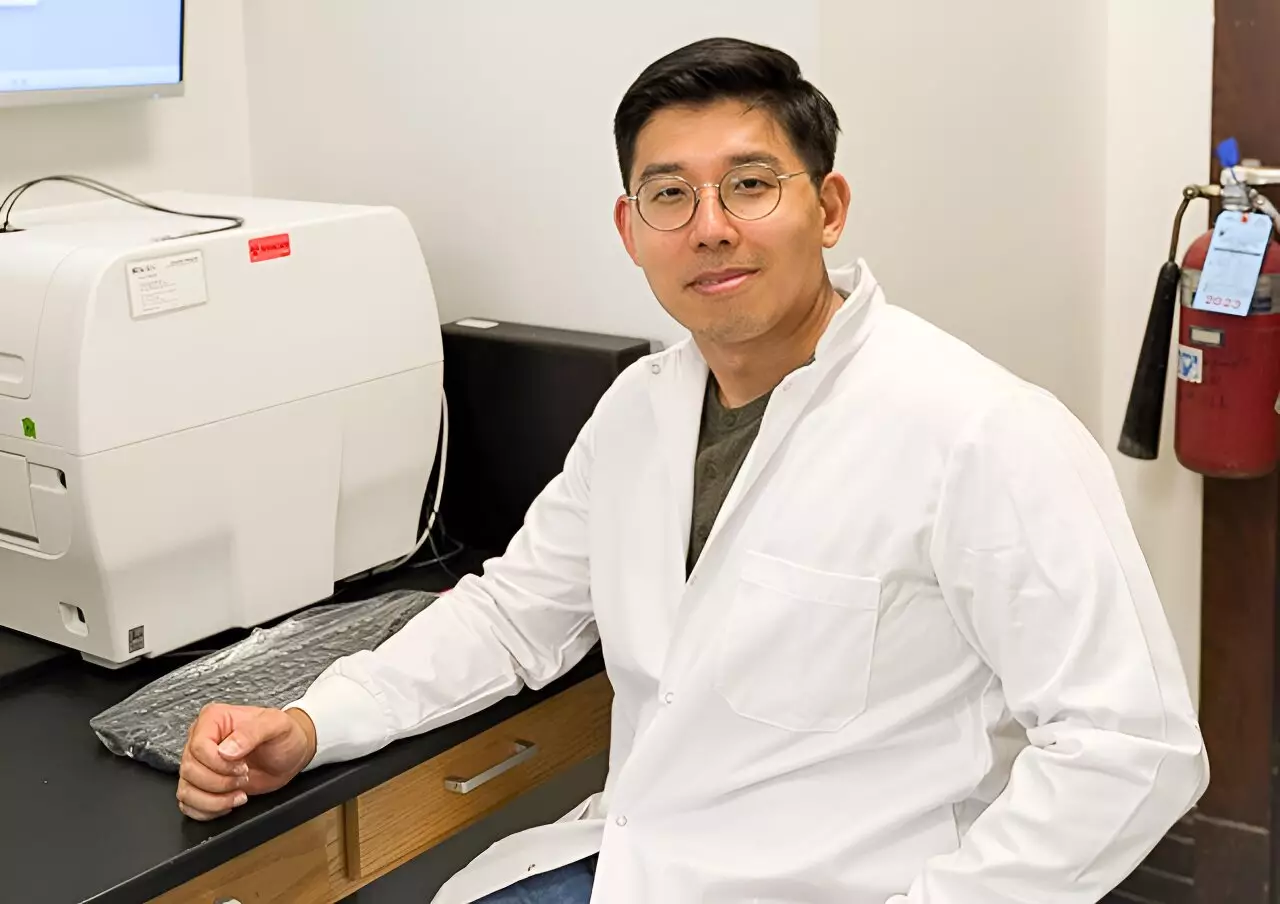Nanozymes represent a groundbreaking intersection of chemistry and engineering, offering a synthetic alternative to natural enzymes. These minute, engineered catalysts are designed to emulate the biochemical reactions typically facilitated by enzymes, playing pivotal roles across a spectrum of applications in biomedicine, environmental management, and chemical engineering. Despite their potential, traditional inorganic nanozymes pose substantial challenges due to their toxicity, high production costs, and environmental impact. Fortunately, recent developments in the field of organic nanozymes are setting the stage for a new era in catalytic technology that not only mitigates these limitations but also expands application possibilities into sectors like food safety and agriculture.
In the context of scientific progression, inorganic nanozymes made their debut in 2007, with significant advancements primarily centered on iron oxide nanoparticles. These nanoparticles prompted a surge in research due to their ability to mimic natural enzymes, specifically peroxidase. However, the promise of inorganic nanozymes is tempered by serious concerns regarding their fabrication processes. The reliance on precious metals not only inflates production costs—up to $400 per gram—but also entails lengthy manufacturing protocols that can stretch to several days. Furthermore, their toxicity poses risks not only to human health but also to environmental ecosystems, raising pressing questions about sustainability in their application.
In response to these challenges, organic nanozymes have emerged and captured the scientific community’s attention. As outlined by lead researchers from the University of Illinois Urbana-Champaign, this new breed of nanozymes is primarily constructed from organic materials that are both cost-effective and non-toxic. The potential for rapid production—within hours rather than days—positions organic nanozymes as a viable alternative that can facilitate a broader range of applications.
The advantages of organic nanozymes extend far beyond their lower production costs and streamlined manufacturing processes. They introduce an environmentally sustainable option that minimizes ecological footprints, with some organic nanozymes engineered to be biodegradable. This capability contrasts sharply with their inorganic predecessors, which often contribute to environmental waste and pollution due to their non-degradable nature.
Moreover, the team at U of I highlights the synthesis of organic nanozymes, which still incorporates small metal components essential for catalytic activity. While metals like iron and copper are included to foster the creation of ‘active sites,’ the overall toxicity of these organic nanozymes is significantly reduced. This advancement opens up exciting opportunities for applications historically unsuitable for inorganic counterparts, including those within the food industry and agricultural practices.
The researchers categorize organic nanozymes into four primary classes based on their foundational materials: polymers, biomacromolecules (e.g., cellulose), organic compounds, and biological materials such as DNA and peptides. This classification not only provides a systematic understanding of these novel catalysts but also serves as a foundational framework for future research. By detailing the chemical structures, components, functionality, and catalytic capabilities, this classification becomes essential for scientists aiming to further explore the vast potential of organic nanozymes.
The application scope for organic nanozymes is impressively diverse. They are not only innovative tools in biomedicine but also emerging solutions in food safety and environmental monitoring. For instance, efforts are underway to develop molecular sensing tools capable of detecting pesticide residues in food products. Such initiatives aim to empower consumers with portable test kits, potentially allowing them to scan food items for nutritional safety through mobile applications.
Challenges Ahead
Despite their myriad advantages, organic nanozymes remain in their infancy, facing several hurdles before they can achieve widespread practical application. The limited variety of organic materials available for production presents a significant obstacle, as researchers are tasked with identifying additional suitable compounds. As noted by the lead researchers, promising avenues include the exploration of lipids and amino acids, which may provide the building blocks necessary for more effective and versatile nanozyme design.
Furthermore, the quest for better catalytic efficiency and broader applicability continues to drive research. While the progress made thus far is commendable, ongoing research projects will need to address the scientific and practical challenges that remain before organic nanozymes can be fully integrated into existing technological frameworks.
Organic nanozymes stand at the forefront of a potential revolution in catalysis and applications across various sectors. Their unique properties, coupled with an environmentally friendly approach to synthesis, position them as vital components in the future of biomedicine, agriculture, and environmental sciences. While challenges persist, the continuing evolution of organic nanozymes promises not only to enhance catalytic processes but also to contribute to a more sustainable and safer world. The future of catalysis looks bright with these innovative materials paving the way for transformative changes in multiple industries.

